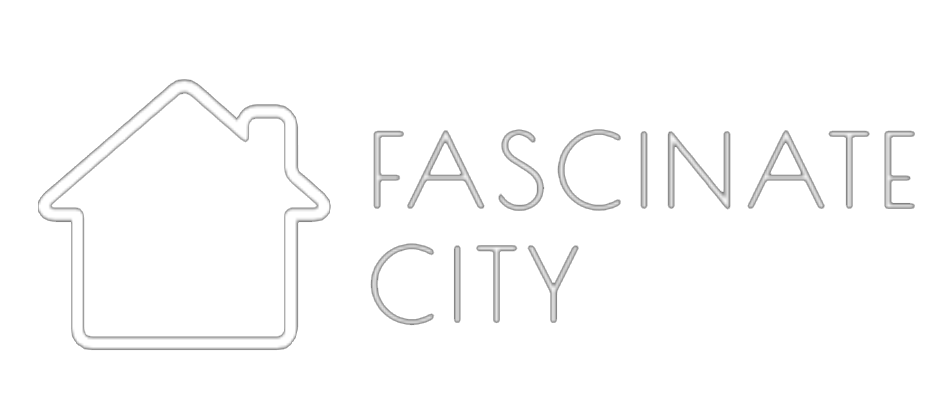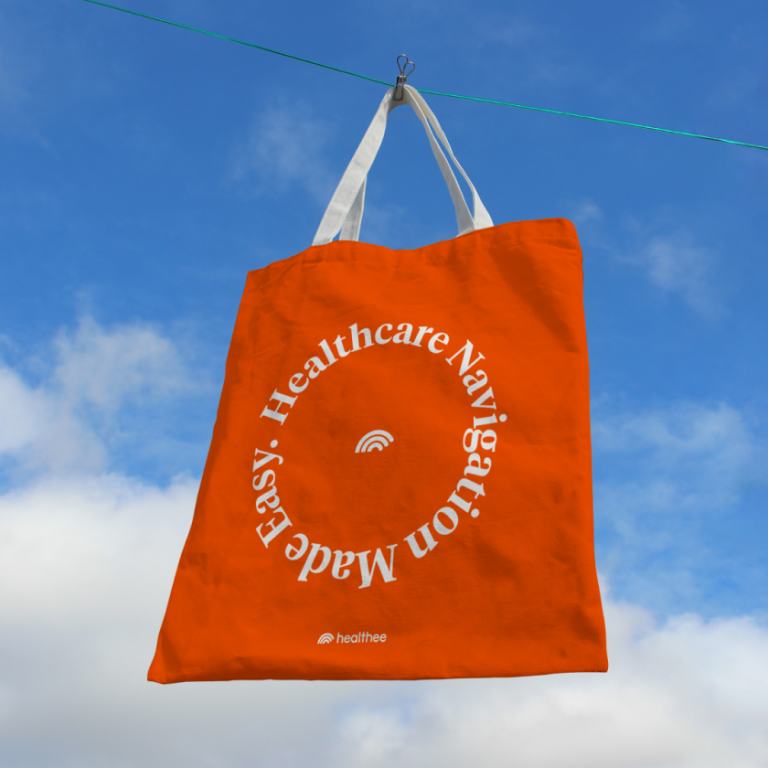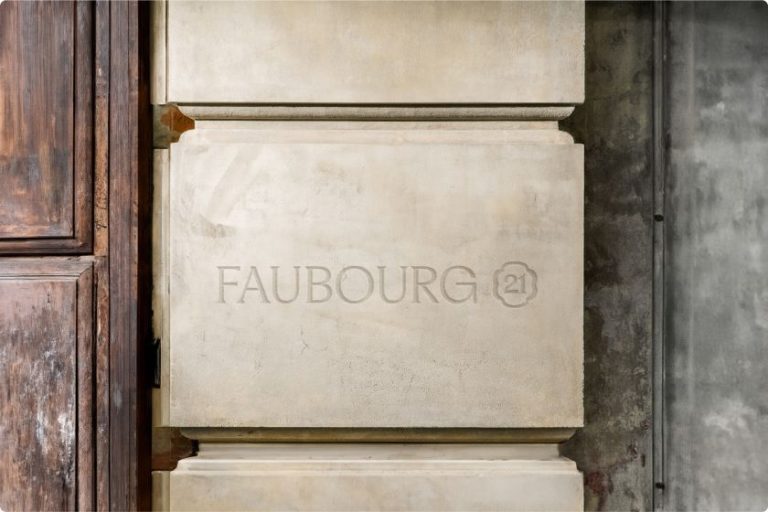Image licensed via Adobe Stock
Finding and chasing new clients is exhausting. Getting more work out of existing ones is much easier, more rewarding and more lucrative. Here’s how to go about it.
Short of freelance work right now? I feel you. And it’s natural to think that the best way to respond is to double down on hunting for new clients. But really, is that the best way for you to spend your time as a freelancer?
Ultimately, the true secret to freelance success lies not in how many new clients you stack up, but how well you nurture and grow the relationships you’ve already got.
For example, when the pandemic hit and all the print magazines I worked for closed overnight, it was the strong relationships I had with a small number of clients that allowed me to continue buying food. Not to mention (a moderate and sensible number of) toilet rolls.
When the economy took a nosedive after Russia invaded Ukraine, it was the same deal. And more recently, when the rise of AI has reduced my bookings by around a third, it’s been those regular clients who have remained loyal to me.
Regular clients are generally more fun to work with anyway. They know your working style, trust your judgement, and often provide the most fulfilling work. So, how do you go about getting more work out of them?
First, just ask
You’ve probably seen the ads for the delivery app Just Eat. You’re also familiar with the Nike slogan Just Do It. To this lexicon, I’d add: Just Ask for Work.
Honestly, the number of sleepless nights I’ve agonised about a dry spell, when all I actually needed to do was email 10 past clients and say: “Bit short of work right now; anything I can help with?”
Absolutely every time I’ve done this, somebody’s said “Yes, please”. So why didn’t I do this earlier, and save myself the stress? Well, I guess because no one wants to seem desperate. We all like to project an image that we’re super-busy, and that our clients are lucky to have us.
A lot of the time, that’s actually true. So when things slack off, we’re reluctant to ruin that “perfect image” of an in-demand freelancer.
What I’ve learned over the years, though, is that this image only exists in my head. Basically, clients aren’t stupid and know that even the most successful freelancers have downtime. Admitting this doesn’t mean they suddenly lowball you on fees, or take you for granted. In fact, they’re often super-pleased to have the opportunity to book you, unencumbered by a busy calendar.
So just do it. Just ask for work. The longer you’ve been a freelancer, the more past clients you’ll have to ask. Then the main problem is resisting the urge to ask too many people at once, and worrying that they might all simultaneously say yes.
Focus on the long term
Ultimately, though, you don’t really want to ask for work; you just want people to come to you. So, how do you work towards that giddy Nirvana? Ultimately, by building strong long-term relationships with clients. And key to that, I think, is to focus on one thing: our clients are just as nervous as we are.
When I started out as a freelancer, I was desperate to impress clients. But I soon realised that my eagerness was actually creating anxiety. Clients worry about whether you’ll understand their vision, whether they’ll hurt your feelings with feedback, and whether you’ll deliver on time. And loads of other things that will forever remain known to them alone.
Once I realised this, I began approaching each project on the basis that my client and I were on the same team, working towards a shared goal. Instead of seeing feedback as criticism, I started viewing it as advice that would help me deliver exactly what they needed (not what I thought was best).
I recall a particularly challenging project for a small business, where the client kept requesting revisions after revisions. Initially, I got really frustrated by this.
But once I stepped back and properly listened to them, I realised they weren’t being difficult; they were scared. This was their life’s work, and they needed to feel completely confident in the direction we were taking.
I scheduled an extra meeting to walk them through my thinking and address their worries. We ended up creating something even better than either of our original concepts, and they’ve since commissioned me for three additional projects.
We’ve also become good friends. While I don’t think that’s necessary in business, it’s certainly nice when it happens naturally.
Develop templates
Another difference between good freelancers and indispensable ones comes down to process. Clients don’t just want great work; they want to feel secure throughout the journey.
That’s why it can be a good idea to develop templates for various purposes, such as initial consultations, project proposals, concept presentations, and handover documents.
This all might sound tedious, and in many ways, it is. But it can actually be liberating for clients. In truth, most of them don’t know what to expect at each stage. And so a formal series of documents can help them relax and focus on creative decisions, rather than worrying about logistics.
Surprise them
You’ve heard the phrase “under-promise, over-deliver”, and there’s a lot of sense in that; you don’t want to raise people’s expectations too high. But here’s where many freelancers go wrong: they think “over-deliver” means working longer hours or doing more for free. That’s a recipe for burnout and resentment.
The way I see over-delivery is different. For me, it’s about adding value in ways that genuinely surprise and delight your clients, without compromising your boundaries.
For instance, I was working for a tech startup that was developing its brand guidelines, and I noticed that its competitor had launched a hilarious social media GIF. As it had particularly caught my attention, I spent a relatively enjoyable hour creating a brief analysis of why it worked and how the client could apply similar thinking to their own communications.
This wasn’t part of our original brief, but it demonstrated that I was thinking about their business beyond our immediate project.
That small gesture led to them increasing the amount of work I did (and the money I was paid) by a factor of five.
Make them feel listened to
If we’re talking about pleasing a client, then the most fundamental thing you can do is make them feel listened to. That doesn’t mean responding to every email instantly; you’re not their slave, and they shouldn’t expect you to be. But it does mean two things.
Firstly, it means aiming to respond the same day, and if not, apologising and explaining why. I think the most important thing is to respond, even if it’s just to acknowledge receipt and indicate when I’ll provide a full response.
But it goes deeper than response times. It’s about communicating in their language, not yours. It’s about focusing on outcomes, not obstacles. And I make a point of proactively updating clients on progress, even when there’s nothing specific to report. A quick email saying “Just to let you know, we’re on track for Thursday’s content, and I’m excited about what I’ve done so far” takes 20 seconds to write, but can save a client from days of unnecessary anxiety.
Be an advisor
If you deliver great work, on time, communicate well and empathise with the client’s needs, you’re well on your way to winning repeat work. Beyond that, the ideal is to become a trusted advisor. Someone they turn to not just for your specific service, but for strategic thinking about their business.
That’s why I’ll typically ask clients about their business challenges in our meetings, even if they’re unrelated to the brief. Their answers help me provide more thoughtful solutions, and make them feel like I’m “on their side”, which is not to be sniffed at.
Do all this, and clients don’t just come back, they’ll become your advocates. They’ll recommend you to other people, they’ll think of you when work crops up, and they may even raise their budgets because they see the value you can provide.
Stay in touch
If I haven’t heard from a client in a while, I’ll just email them saying, “How’s it going? Just wanted to check in and see how you were.”
I’ll do this even when I’m not available for work. In fact, that’s probably the best time to have a chat, because they know I’m not specifically after anything, just wanting to keep the relationship going long-term.
It’s all about staying visible and valuable. When clients are ready for their next project, you want to be the first person they think of.
I also make a point of checking in with past clients around their business anniversaries (which you can find on LinkedIn) or when I see relevant news about them. This often leads to work that I’m fairly certain I wouldn’t have otherwise received.
I could go on, but you get the idea: I’m playing the long game here. And even if I never get work out of them again, I genuinely like all my clients and enjoy chatting to them on a human level, so it’s no hardship really. It’s generally quite fun.
Take the same attitude, and you’ll develop client relationships that will bring you more work over time. And if it doesn’t? Just ask. The worst they can say is no, and they’ll very often say yes.










